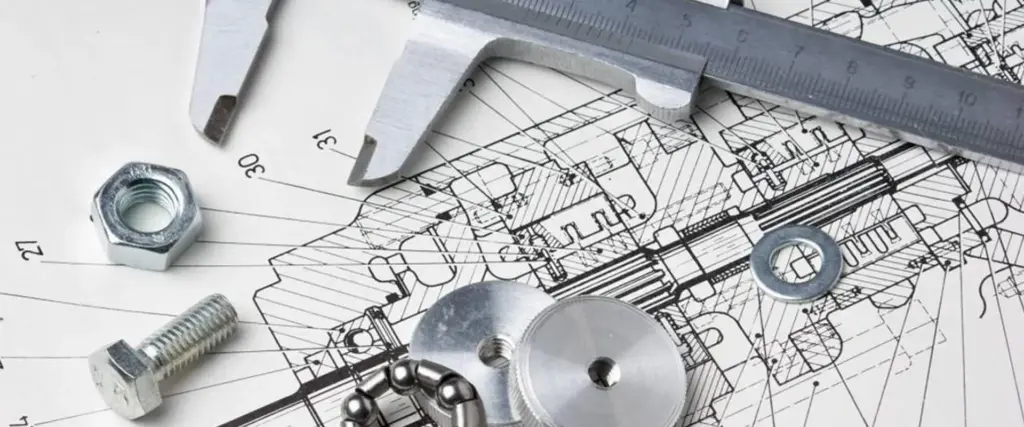Laser generation
The basic principle of laser cutting is to use a high-power density laser beam to irradiate the surface of the material, causing the material to melt, vaporize or burn rapidly, thereby achieving the purpose of cutting. The generation of lasers needs to be achieved through a laser. The laser is mainly composed of three parts: a pump source, a gain medium and an optical resonant cavity. The pump source provides energy to the gain medium, which absorbs the energy and generates stimulated radiation. The optical resonant cavity amplifies and shapes the stimulated radiation, ultimately forming a high-power density laser beam.

Interaction between laser and material
When the laser beam irradiates the surface of the material, a variety of physical phenomena will occur, including reflection, absorption, scattering and heat conduction. The key to laser cutting is that the energy density of the laser beam is high enough to quickly make the surface of the material reach the melting point or boiling point, thereby achieving cutting. The interaction between laser and material mainly includes the following aspects:
(1) Heat conduction: The laser beam irradiates the surface of the material, causing the surface temperature to rise rapidly. The heat is transferred to the inside of the material through heat conduction, forming a heat-affected zone.
(2) Melting: When the surface temperature of the material reaches the melting point, the material begins to melt and forms a molten pool.
(3) Vaporization: When the surface temperature of the material continues to rise and reaches the boiling point, the material begins to vaporize and form steam.
(4) Combustion: For some flammable materials, such as wood and plastic, the high temperature of the laser beam can cause a combustion reaction on the surface of the material, produce gas, and further accelerate the cutting process.
Cutting process
The laser cutting process can be divided into the following steps:
(1) Laser beam focusing: Through a focusing lens or a reflector, the laser beam is focused to a very small point to form a high-power density laser beam.
(2) Material surface heating: The laser beam irradiates the surface of the material, causing the surface temperature to rise rapidly to the melting point or boiling point.
(3) Cutting head movement: The cutting head moves along a predetermined trajectory, and the laser beam forms a continuous cutting line on the surface of the material.
(4) Auxiliary gas: During the cutting process, auxiliary gases such as oxygen, nitrogen or argon are usually used to help remove melted or vaporized materials and improve cutting speed and quality.
(5)Cutting completion: When the cutting head moves to the predetermined position, the entire cutting process is completed.

